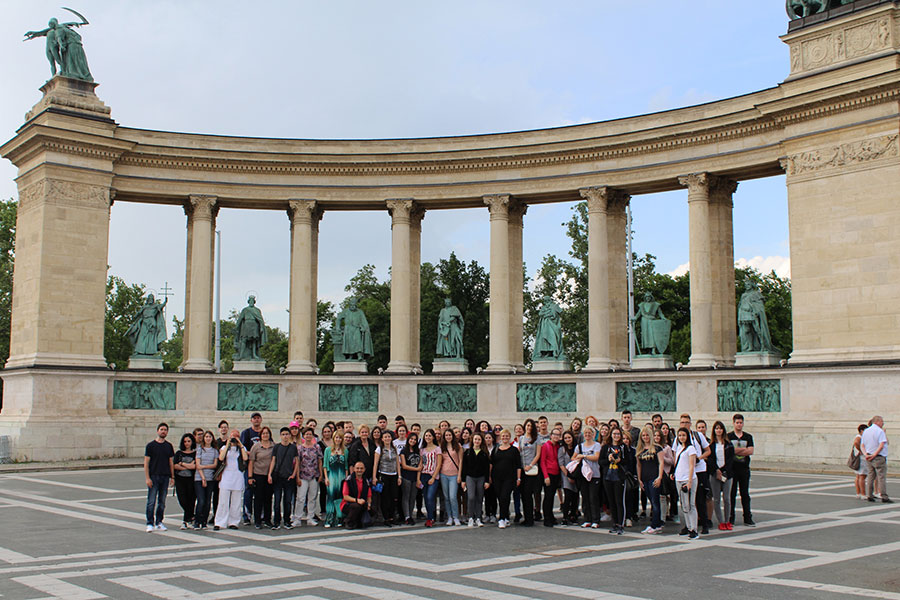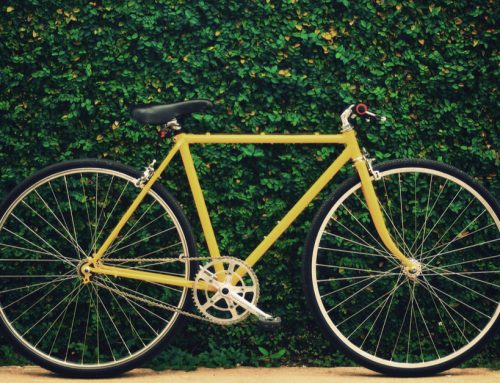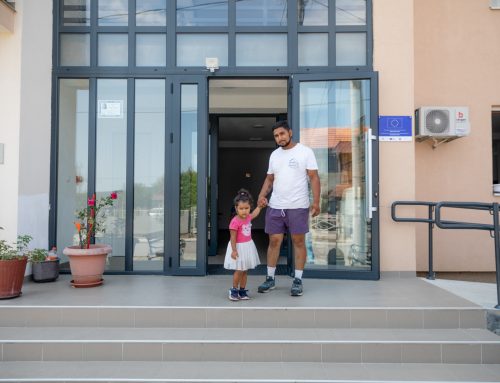In the period from 10-17 May, members of 20 winning teams, comprised of pupils and their mentors, took an over 2,000km-long journey, visiting Budapest, Prague and Vienna. They were accompanied by a crew of the Radio Television of Serbia.
Awarded submissions dealt mainly with cultural heritage, violence prevention and environmental issues. The journey offered these 68 pupils and their teachers from 17 cities a chance to meet, hang out and exchange their knowledge and experience.
Budapest was the first stop on their journey.
Apart from walking around Budapest and learning more about the rich Hungarian cultural heritage, pupils and their mentors also met with representatives of two organisations: UNITED for Intercultural Action and the Regional Environmental Centre (REC), an international organisation dealing with environmental protection through promotion of sustainability and circular economy. With a representative of the UNITED for Intercultural Protection they spoke about racism, xenophobia and nationalism-related issues. In St. Andrea they met with REC representatives who presented them with a Green Package designed especially for them with a view to bringing them closer to issues dealt with by the organisation. Following a Danube cruise, they headed towards Prague.
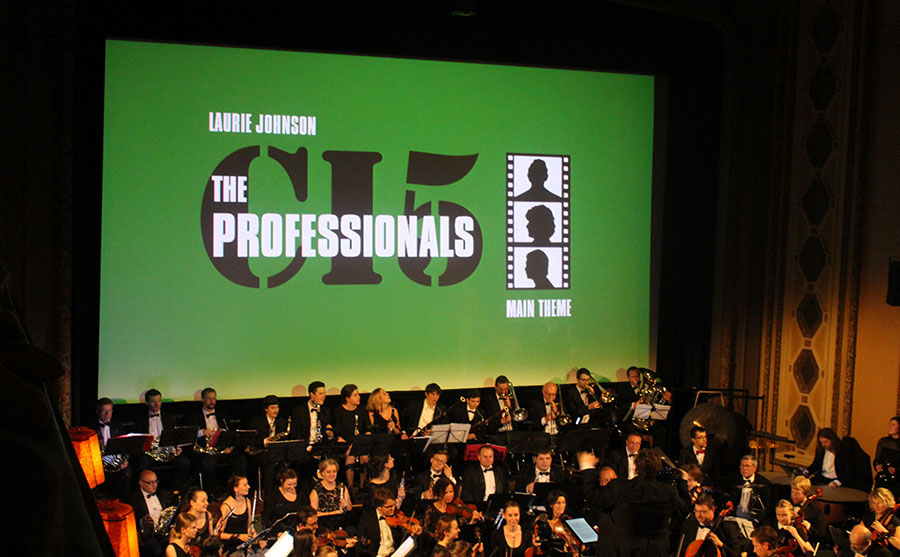 There they had a first-hand experience virtual reality by trying on VR goggles and solving a number of tasks through team work in a space especially designed for interactive games. At the National Museum of Technology they learned more about the development of video and photo camera and transport, while at the Klementinum Library they saw one of the largest European libraries which boasts a significant portion of Czech and European cultural heritage. Following a tour of museums, pupils and mentors enjoyed a two-hour concert performed by the Prague Film Orchestra playing original score from The Great Escape, The Last of the Mohicans, The Good, the Bad and the Ugly, SpiderMan and many other movies.
There they had a first-hand experience virtual reality by trying on VR goggles and solving a number of tasks through team work in a space especially designed for interactive games. At the National Museum of Technology they learned more about the development of video and photo camera and transport, while at the Klementinum Library they saw one of the largest European libraries which boasts a significant portion of Czech and European cultural heritage. Following a tour of museums, pupils and mentors enjoyed a two-hour concert performed by the Prague Film Orchestra playing original score from The Great Escape, The Last of the Mohicans, The Good, the Bad and the Ugly, SpiderMan and many other movies.
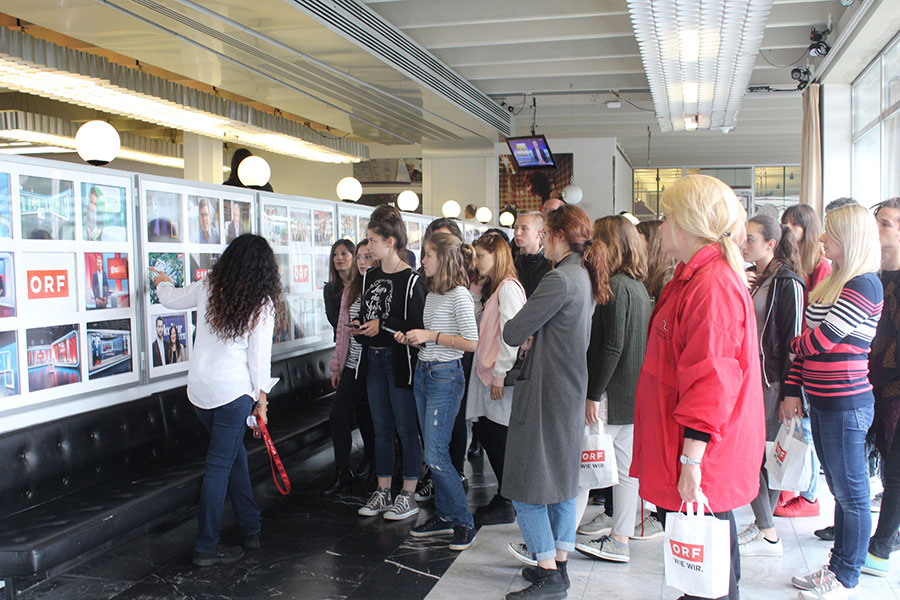 After leaving Prague, they arrived in Vienna, the city named the best place to live in for the ninth year running. The bulk of submissions dealt with the topic of cultural heritage so the awarded teams had a chance to visit an open air exhibition titled Sharing Heritage: Labyrinths in Europe. There they went for a walk through the labyrinth and learned more about the common European labyrinth heritage, including about the Gamzigrad labyrinth. The second day in Vienna they went to the ORF, the Austrian Broadcasting Corporation, where they saw the state-of-the-art studios and various technologies used for production of media content and tried out the blue screen studio. After the ORF, they went to the Schönbrunn Palace, one of the most cherished cultural monuments of Austria.
After leaving Prague, they arrived in Vienna, the city named the best place to live in for the ninth year running. The bulk of submissions dealt with the topic of cultural heritage so the awarded teams had a chance to visit an open air exhibition titled Sharing Heritage: Labyrinths in Europe. There they went for a walk through the labyrinth and learned more about the common European labyrinth heritage, including about the Gamzigrad labyrinth. The second day in Vienna they went to the ORF, the Austrian Broadcasting Corporation, where they saw the state-of-the-art studios and various technologies used for production of media content and tried out the blue screen studio. After the ORF, they went to the Schönbrunn Palace, one of the most cherished cultural monuments of Austria.
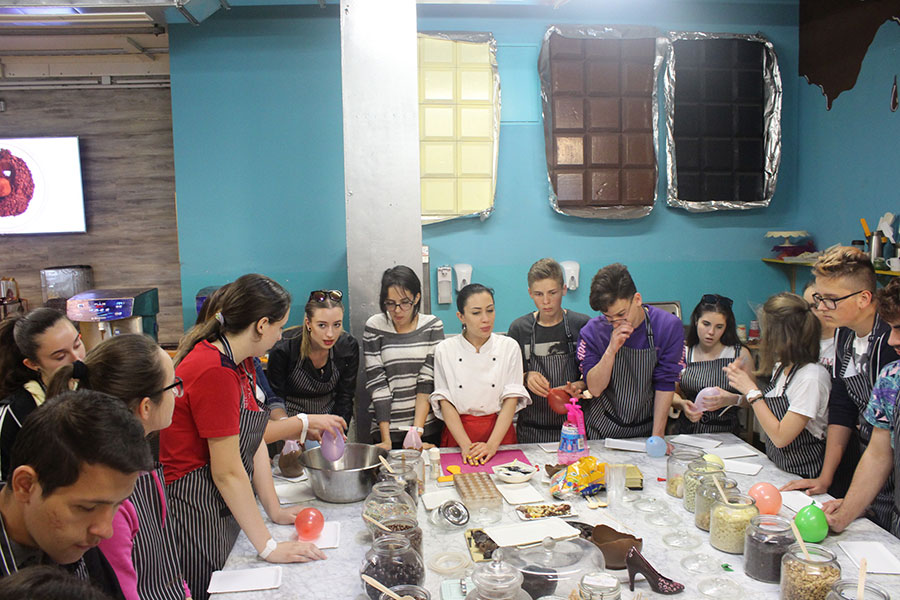 The last day of the visit was reserved for museums. The teams visited the Natural History Museum of Vienna, boasting a 25 million item collection, and the Art History Museum which houses artefacts from the period of classical antiquity through 19th century. Their last stop was the Chocolate Museum where pupils learned more about the history of chocolate and coco manufacturing. At the end of the tour, they were allowed to make their own chocolate.
The last day of the visit was reserved for museums. The teams visited the Natural History Museum of Vienna, boasting a 25 million item collection, and the Art History Museum which houses artefacts from the period of classical antiquity through 19th century. Their last stop was the Chocolate Museum where pupils learned more about the history of chocolate and coco manufacturing. At the end of the tour, they were allowed to make their own chocolate.
The goal of the prize trip was to bring the awarded pupils closer to EU Member States and institutions and let them gain new experience and skills through examples of good practice, paving a way for them to put the skills and experience they gained to good use in their own country as future young leaders.
The project Experience the EU is aimed at raising awareness and educating the youth on the development of the EU and its values, as well as on potential solutions to challenges Serbia is facing in the process of EU accession.

